Art patron and TBA21 gallery founder Francesca von Habsburg opens the doors to her Vienna residence
The April 2007 issue of Wallpaper* (W*98) saw us visit the Vienna residence of Austrian art patron and aristocrat Francesca von Habsburg. She regularly swaps pieces between her home and the gallery space she founded in 2002, TBA21, which hosts over 250 works by artists including Freud, Pollock and Mapplethorpe

As anyone who likes art and design in equal measure knows, it’s very difficult to fuse the two successfully in your home. Too often you end up with a white-walled gallery-like space filled with great art, but a predictable check-list of design classics and none of the emotional paraphernalia that real life brings – or you get the furniture and fittings right, yet the art looks wrong. However, Francesca von Habsburg, a member of the aristocratic von Habsburg dynasty that ruled Austria and much of Europe for 600-odd years, has spent her life surrounded by both and takes living with them to another level.
The daughter of German steel magnate Baron Hans Heinrich Thyssen-Bornemisza, founder of the Thyssen-Bornemisza Museum in Madrid, von Habsburg grew up with Canalettos and Cézannes, Rembrandts and Renoirs on her walls, so for her, taking up where her father left off and moving into the realm of 21st-century art was a natural progression.
In 2002, she rented a four-storey palace in Vienna’s UNESCO-protected first district, set up home there and opened TBA21, the Thyssen-Bornemisza Art Contemporary foundation, in the same building. Until her arrival in the former imperial capital, the von Habsburg clan had been barred from the city since it lost its grip in 1918, and the fact that such a vivacious, wild party girl had married into the family became regular tabloid fodder.
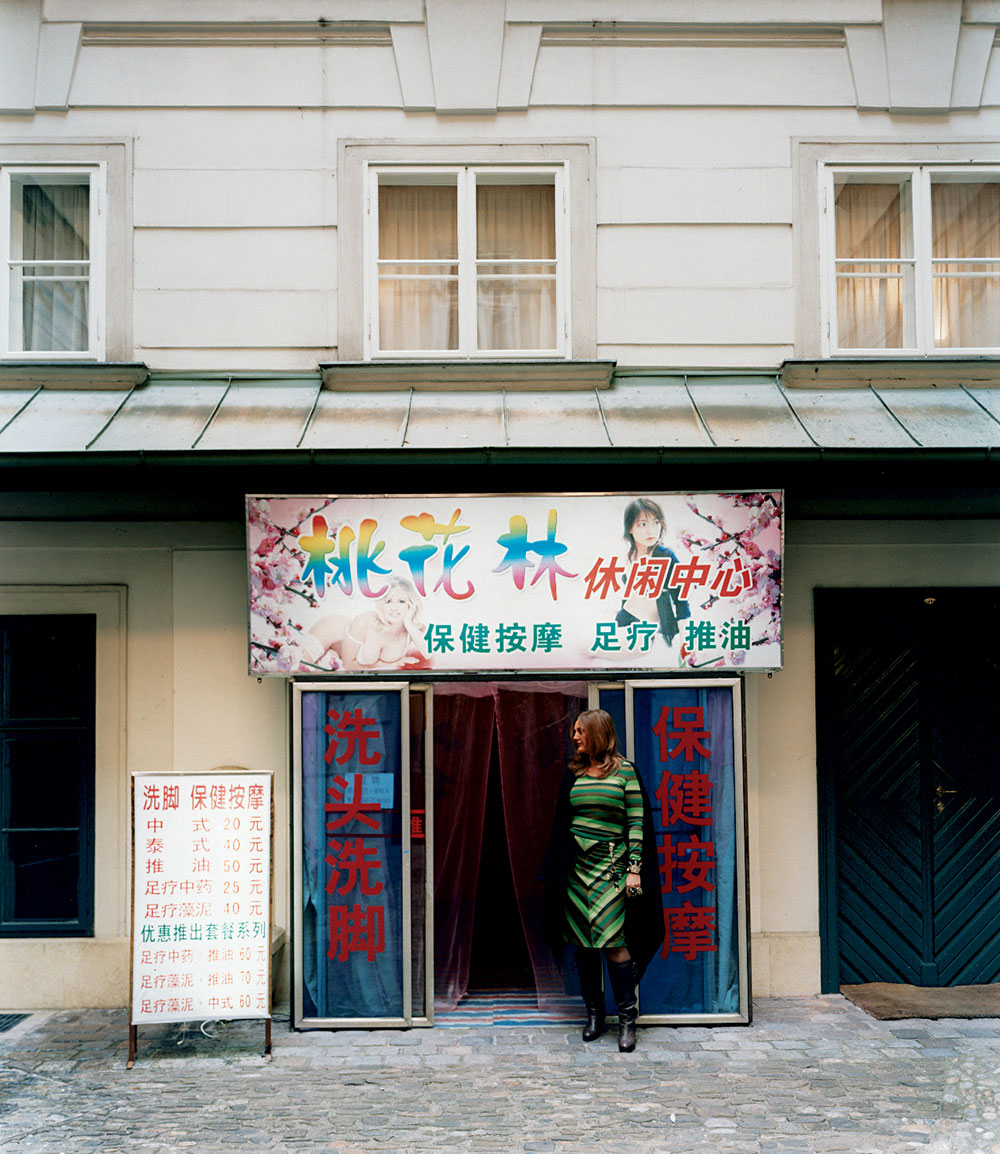
At the TBA21 gallery, the exhibition, ‘This is Not for You’, included this installation by Chen Quilin, Migraiton – Peach Flower Orchard. It features a massage parlour from Sichuan province, China, salvaged from an area flooded by the Three Gorges Dam project.
But that’s all behind her these days, and now she attracts attention mainly with her avant-garde activities. Last summer, she organised ‘Küba’, an exhibition by Turkish artist Kutlug Ataman, in which he interviewed residents of the Istanbul slum Küba. It took place on a barge that sailed down the Danube from Romania to Vienna. And, at the last two Venice Biennales, on Habsburg has colonised the island of San Lazzaro degli Armeni with a beautiful slatted wood art pavilion designed by Danish-Icelandic artist Olafur Eliasson and British architect David Adjaye. This is the first of a series of art pavilions that she would like to open. They are still at the concert stage, but could include an eco pavilion in Rio de Janeiro, to be designed by Foreign Office Architects; another on the Croatian island of Lopud by Adjaye; a third on London’s South Bank, by Adjaye and artist Matthew Mitchie; and one in Iceland by Eliasson.
‘Art and architecture work really well together. It’s a natural partnership, and learning to live with art is important,’ says von Habsburg, who had a head start in that department. Her father owned the world’s second largest private art collection after Queen Elizabeth II, and Francesca spent much of her time in her father’s house, Villa Favorita in Lugano. She remembers, as a teenager, visiting the Hermitage in St Petersburg with him. ‘It was 1982, the height of the Cold War, and we were in the basement with torches, looking at Matisses and Van Goghs, all these fabulous paintings that no one had seen for years. My father persuaded the Russians to exhibit them in Europe in exchange for lending them his collection in what was the country’s first European show since the Revolution. Thyssen is a name engraved in marble in Russia.’
Gestures like this typified the baron’s attitude towards his art, and von Habsburg shares her father’s desire for her collection to be seen, rather than hidden away in storage. ‘It’s not just about having a collection, but about what you do with it,’ she says. To this end, she regularly switches pieces between her apartment and gallery where she puts on about five shows a year. Her staff of eight and a full-time curator manage her collection of around 250 pieces, and these days she prefers bankrolling four or five projects a year with her favourite artists – Eliasson, Ritchie and Canadian Janet Cardiff among them – to buying from auctions.

At the gallery, Parade, 2004, an installation of 201 Airfix planes by Fiona Banner.
Many of these one-off collaborations have been absorbed into, or made specifically for, her apartment. Ritchie’s drawings and motifs appear randomly all over the walls, while the kitchen is a psychedelic swirl of red and orange floor tiles and 40 ceiling lights by Cuban-American artist Jorge Pardo. Two of von Habsburg’s three children sleep in bright, futuristic ‘pods’ designed by Swiss artists Sabina Lang and Daniel Baumann; the luxurious bathroom is an organic mass of sparkly Bisazza tiles; and in the hallway next to her bedroom is a film projector rattling out a 1974 performance piece by Dennis Hopper, in which he surrounds himself with dynamite and lights it. In the attic, a giant, gloopy sculpture made of nylon stockings by Brazilian artist Ernesto Neto hangs eerily among giant wooden beams. It’s fantastically atmospheric. ‘In summer, we go and hang out up there with a bottle of wine,’ says von Habsburg.
Yet despite the kooky stuff and the Freuds, Pollocks and Mapplethorpes in the walls, the apartment manages to feel like an unfussy, lived-in place, buzzing with a sinuous stream of guests, staff and children. ‘I hate the elitist element of art. People want to experience it rather than be taught about it, that’s what I’m aiming for.’
As originally featured in the April 2007 issue of Wallpaper* (W*98)
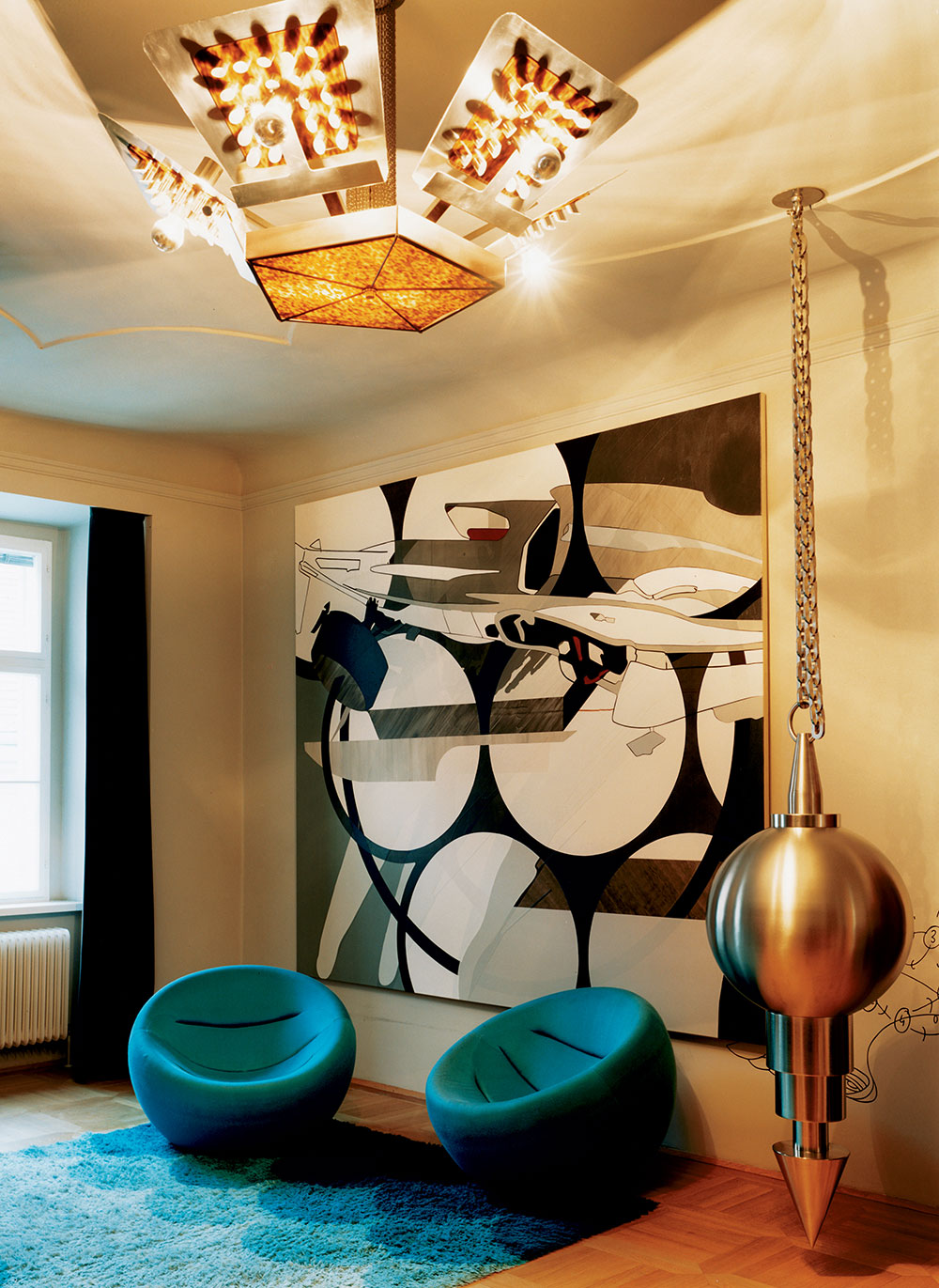
The living room at von Habsburg’s apartment features Crashedcaradjust, 2001, by Stefan Hirsig, on the wall; Untitled (Pen del 3), 2002, by Sylvie Fleury, hangs from the ceiling; the chairs are 1970s and the lampshade is from a Viennese junk shop.
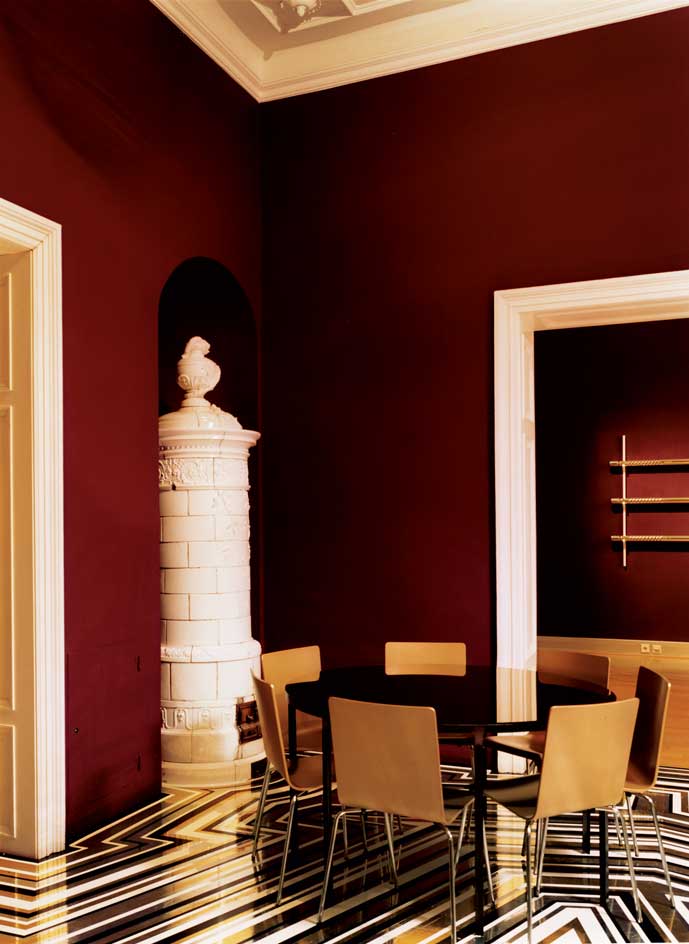
At the gallery, from the current exhibition, Untitled, 2000, by Heimo Zobernig, consisting of a table and seven chairs. It’s one of the pieces von Habsburg likes to move between her apartment and the gallery.
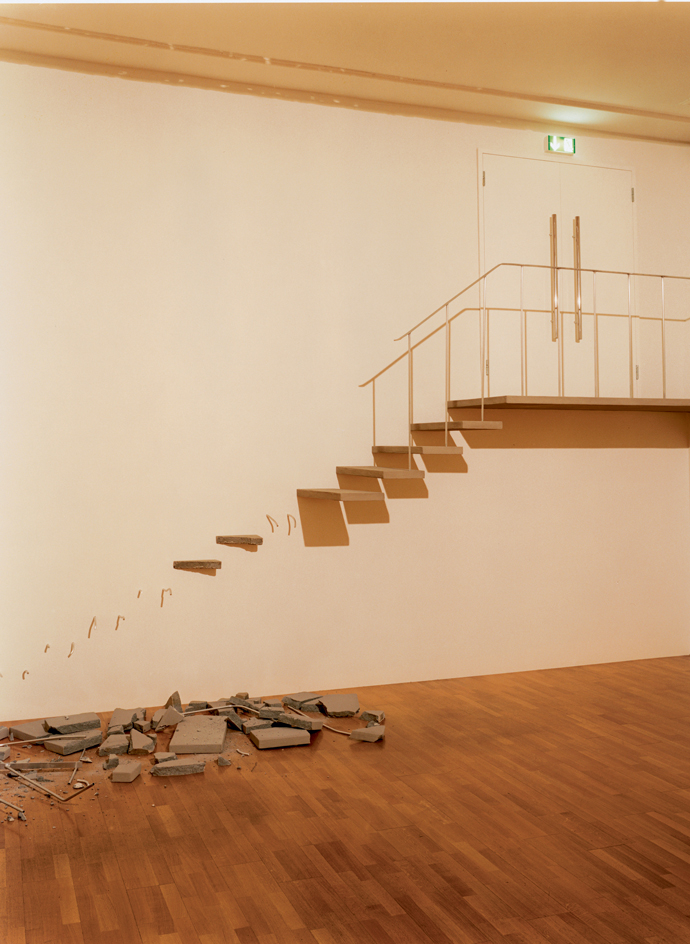
Also at the gallery, Social Mobility Fig 2, 2005, by Danish artists Michael Elmgreen and Ingar Dragset, in aluminium, wood, polystyrene, iron and concrete, from the current exhibition.
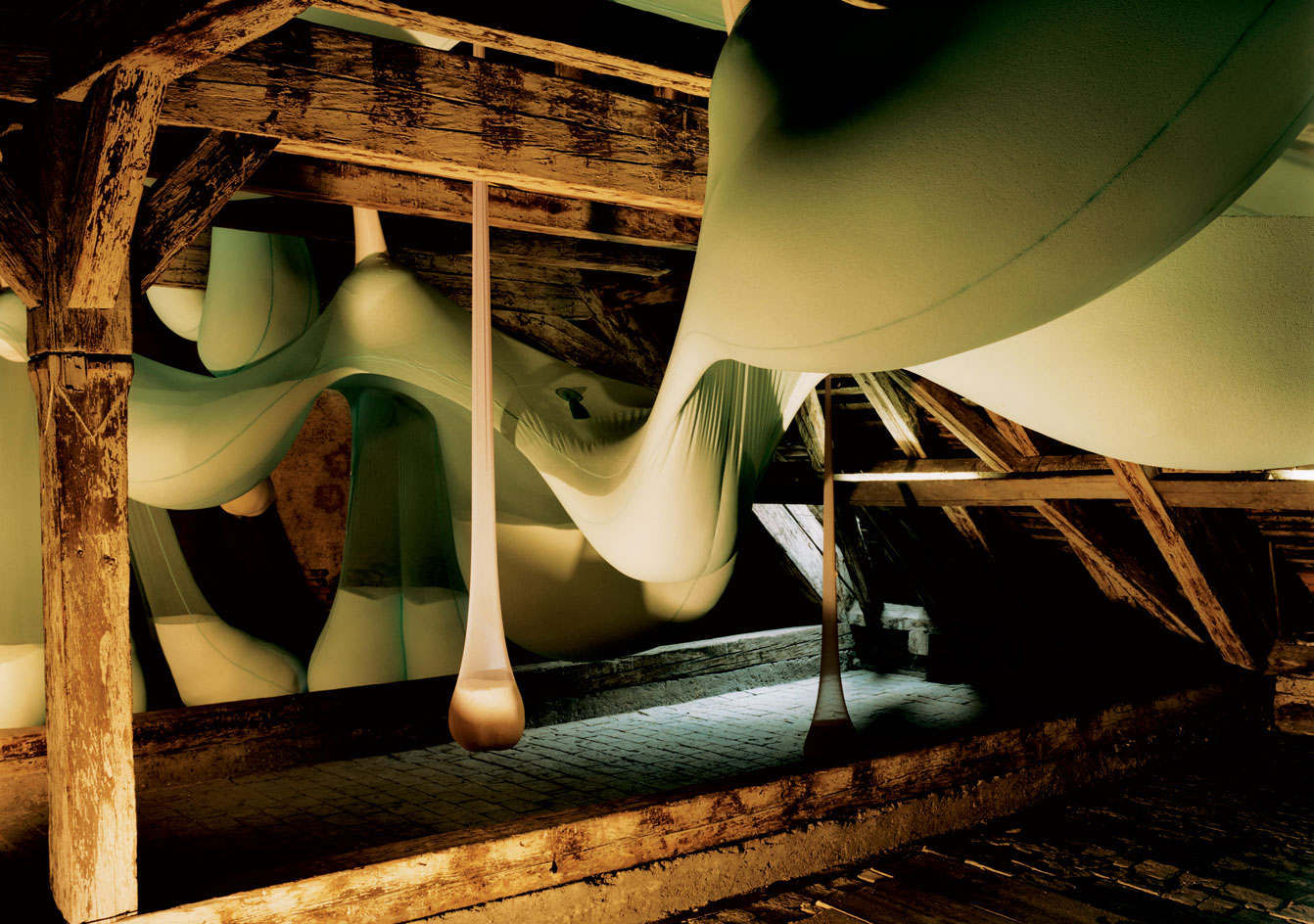
Ernesto Neto’s giant 2003 sculpture, made of textile, Styrofoam and rice, hangs in the attic above the gallery and von Habsburg’s apartment. It goes by the name of A gente se encontra aqui hoje, amanhã em outro lugar. Enquanto isso deus é deusa. Santa gravidade.

One of the children’s bedrooms in von Habsburg’s apartment. A bespoke design by Sabina Lang and Daniel Baumann, it’s also a work of art, Childish Behaviour #4, 2004-2006

A storage room in von Habsburg’s two-storey office
INFORMATION
For more information, visit the T-B A21 website
ADDRESS
Köstlergasse 1
1060 Wien
Austria
Receive our daily digest of inspiration, escapism and design stories from around the world direct to your inbox.
Emma O'Kelly is a freelance journalist and author based in London. Her books include Sauna: The Power of Deep Heat and she is currently working on a UK guide to wild saunas, due to be published in 2025.
-
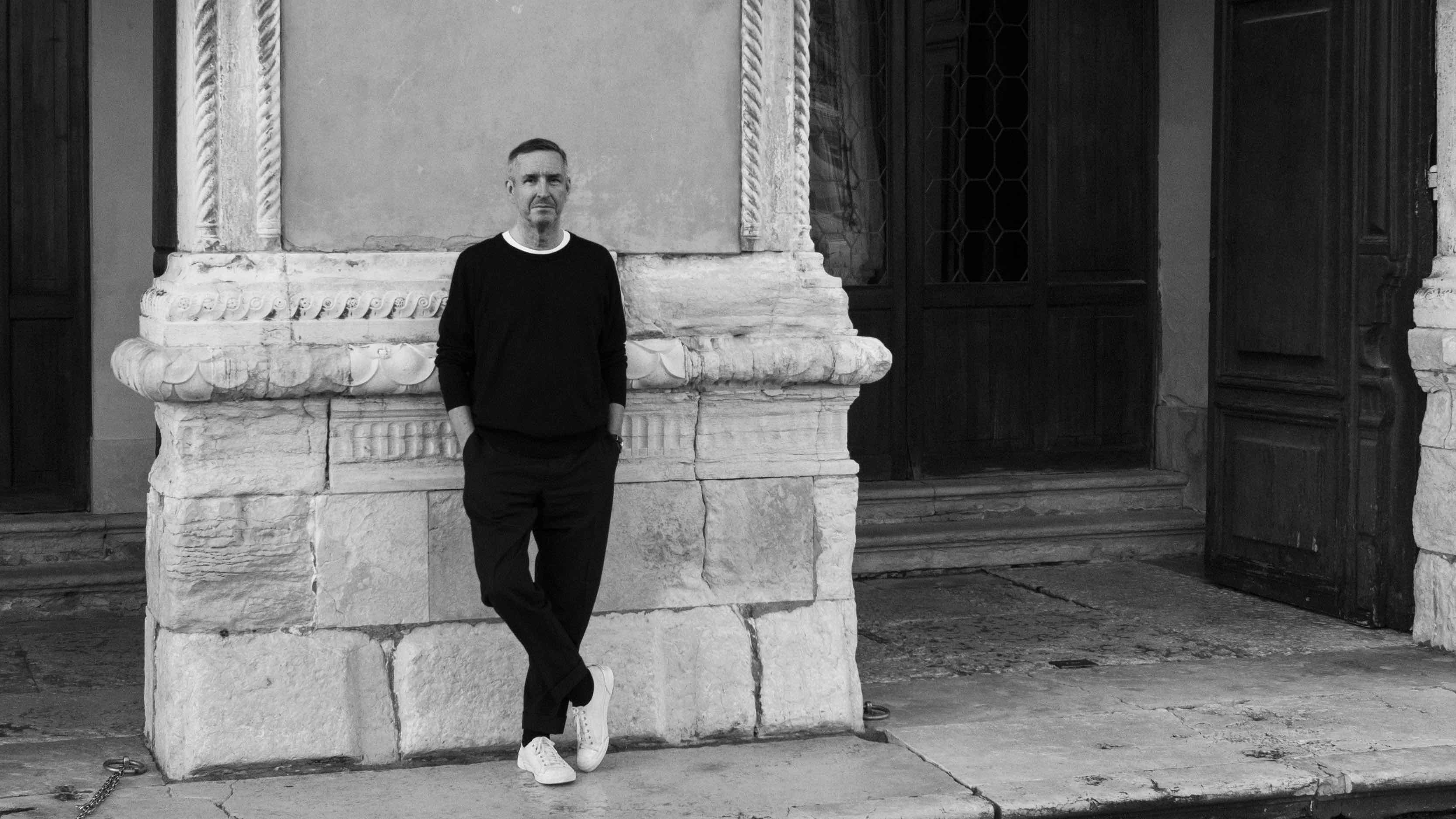 Dries van Noten on why he's building a new home for craft in Venice
Dries van Noten on why he's building a new home for craft in VeniceA year after departing the runway, Dries van Noten unveils his next chapter: the Fondazione Dries Van Noten, a newly announced cultural initiative in Venice celebrating craft in all its forms. Wallpaper meets the designer to find out why he’s not ready to retire.
-
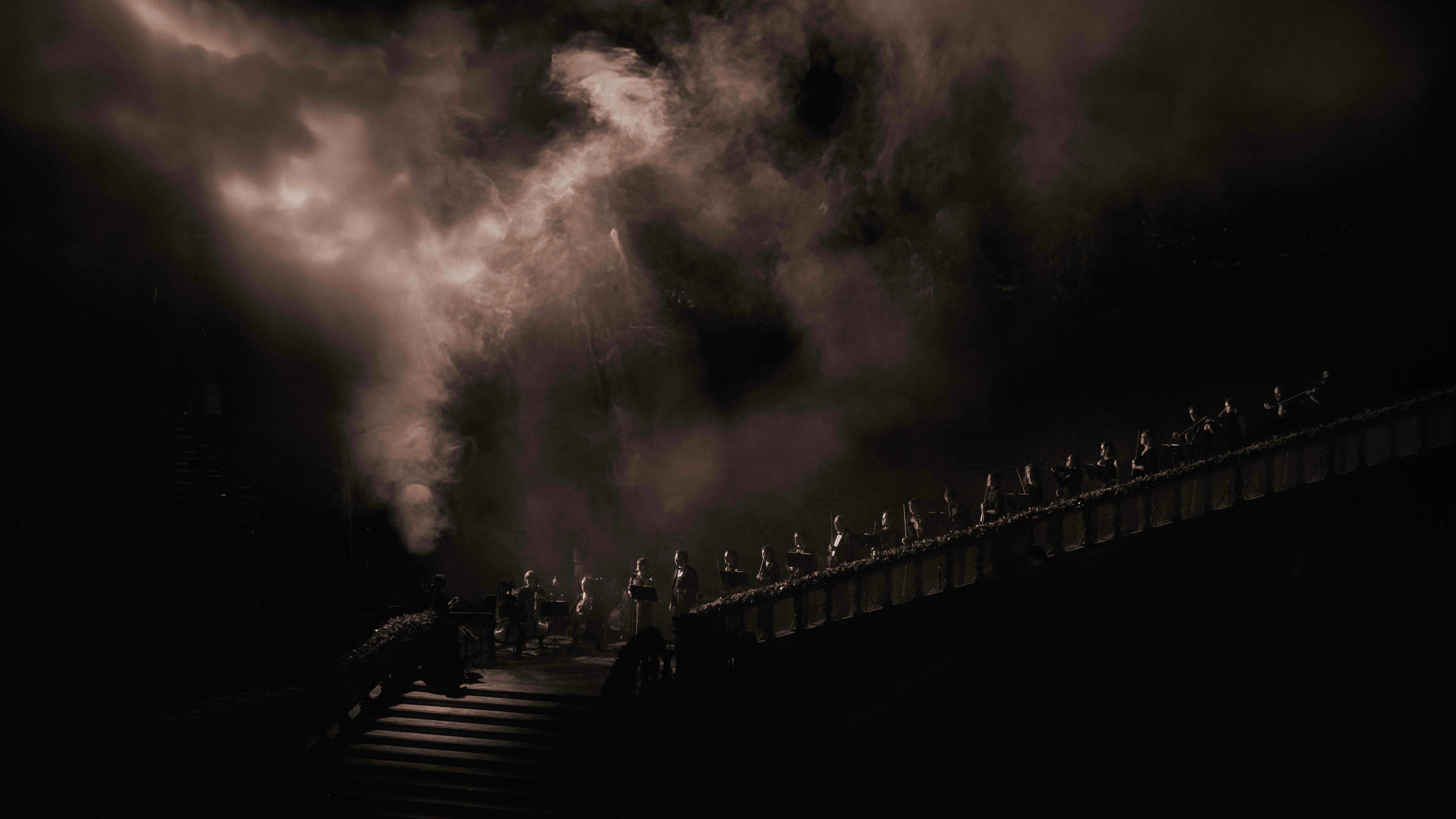 Alexander Wessely turns the Nobel Prize ceremony into a live artwork
Alexander Wessely turns the Nobel Prize ceremony into a live artworkFor the first time, the Nobel Prize banquet has been reimagined as a live artwork. Swedish-Greek artist and scenographer Alexander Wessely speaks to Wallpaper* about creating a three-act meditation on light inside Stockholm City Hall
-
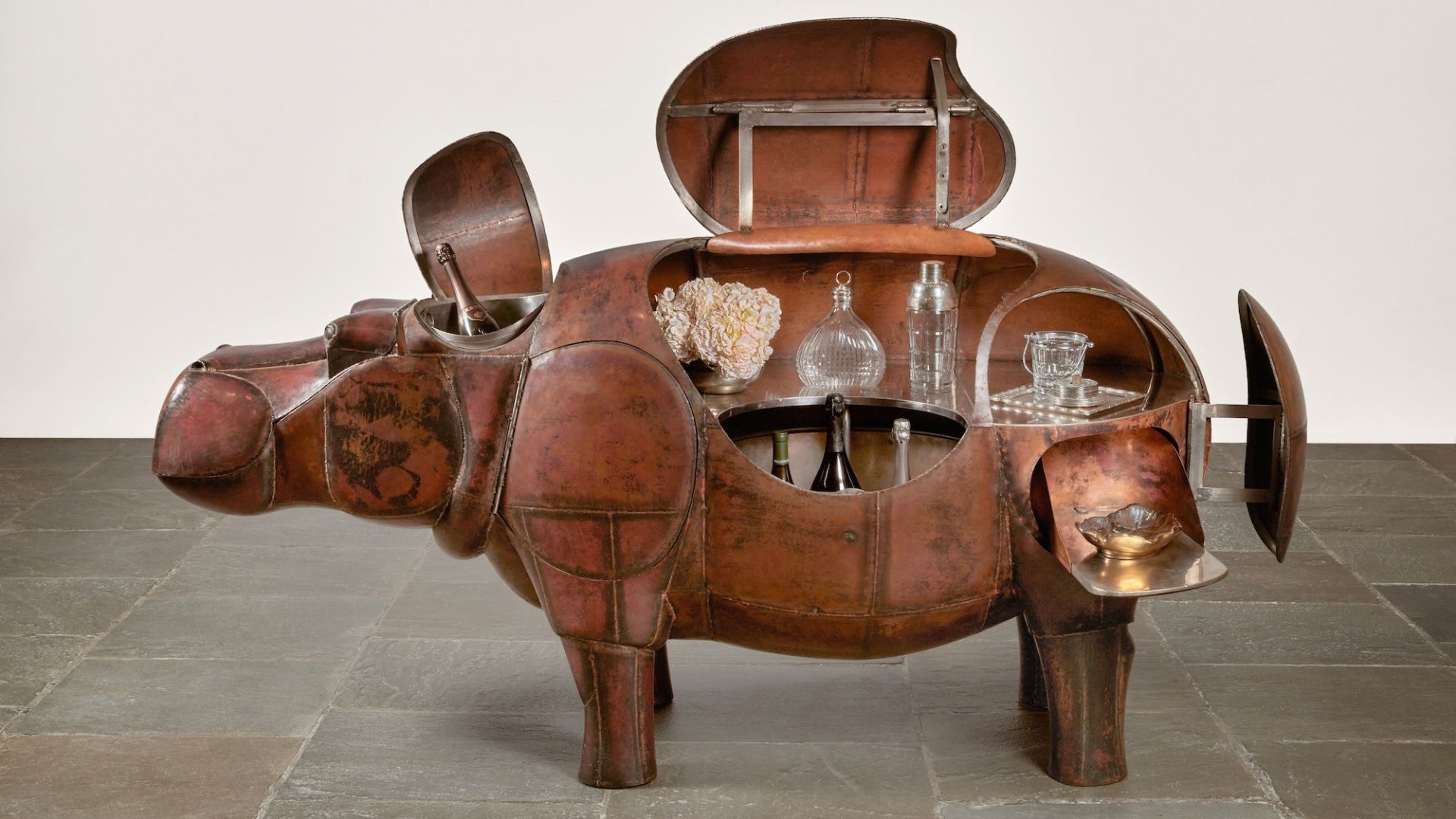 At $31.4 million, this Lalanne hippo just smashed another world auction record at Sotheby’s
At $31.4 million, this Lalanne hippo just smashed another world auction record at Sotheby’sThe jaw-dropping price marked the highest-ever for a work by François-Xavier Lalanne – and for a work of design generally
-
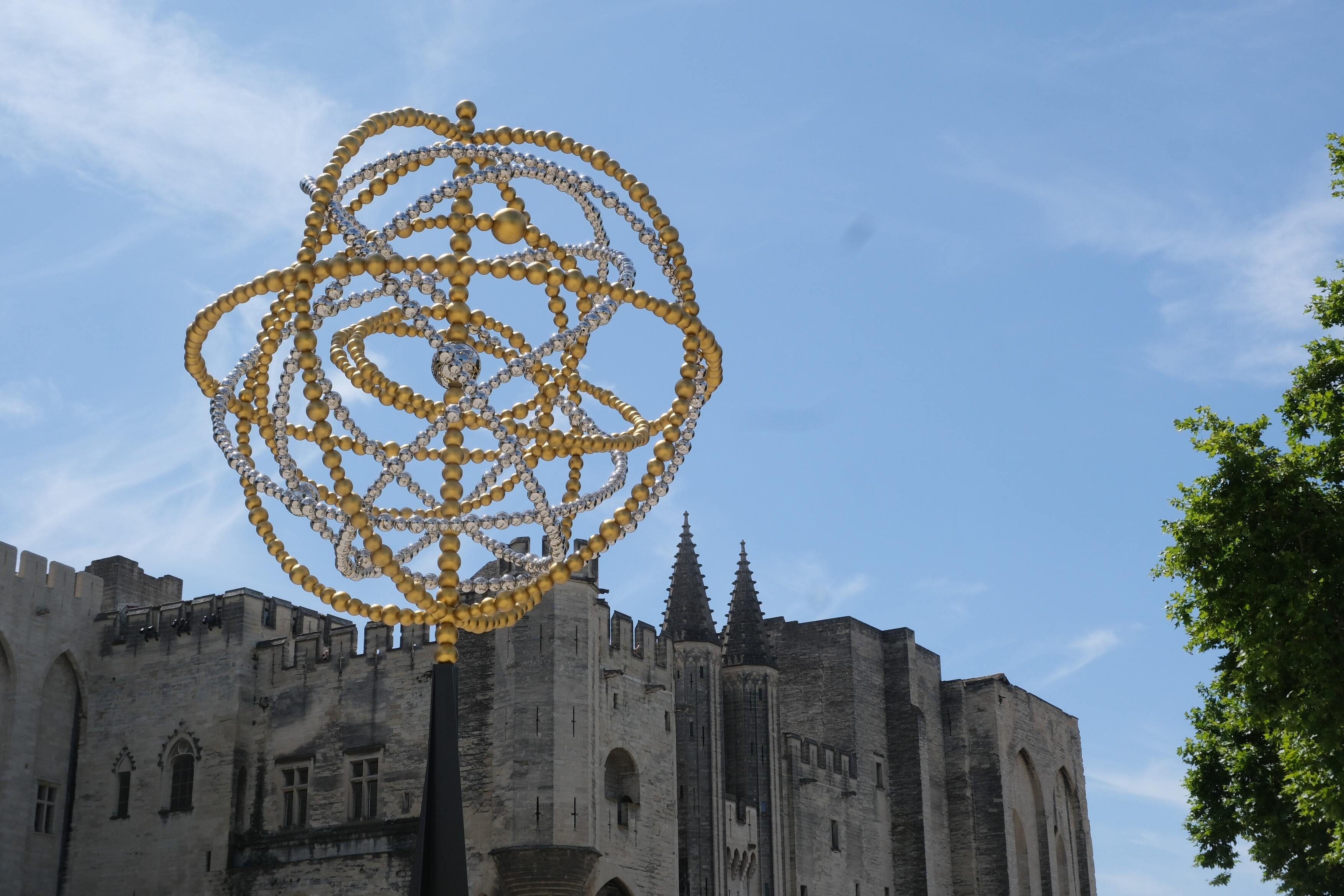 Jean-Michel Othoniel takes over Avignon for his biggest ever exhibition
Jean-Michel Othoniel takes over Avignon for his biggest ever exhibitionOriginally approached by Avignon to mark their 25th anniversary as the European Capital of Culture, Jean-Michel Othoniel more than rose to the challenge, installing 270 artworks around the city
-
 Joel Quayson’s winning work for Dior Beauty at Arles considers the theme ‘Face-to-Face’ – watch it here
Joel Quayson’s winning work for Dior Beauty at Arles considers the theme ‘Face-to-Face’ – watch it hereQuayson, who has won the 2025 Dior Photography and Visual Arts Award for Young Talents at Arles, imbues his winning work with a raw intimacy
-
 What to see at Rencontres d’Arles 2025, questioning power structures in the state and family
What to see at Rencontres d’Arles 2025, questioning power structures in the state and familySuppressed memories resurface in sharply considered photography at Rencontres d'Arles 2025. Here are some standout photographers to see
-
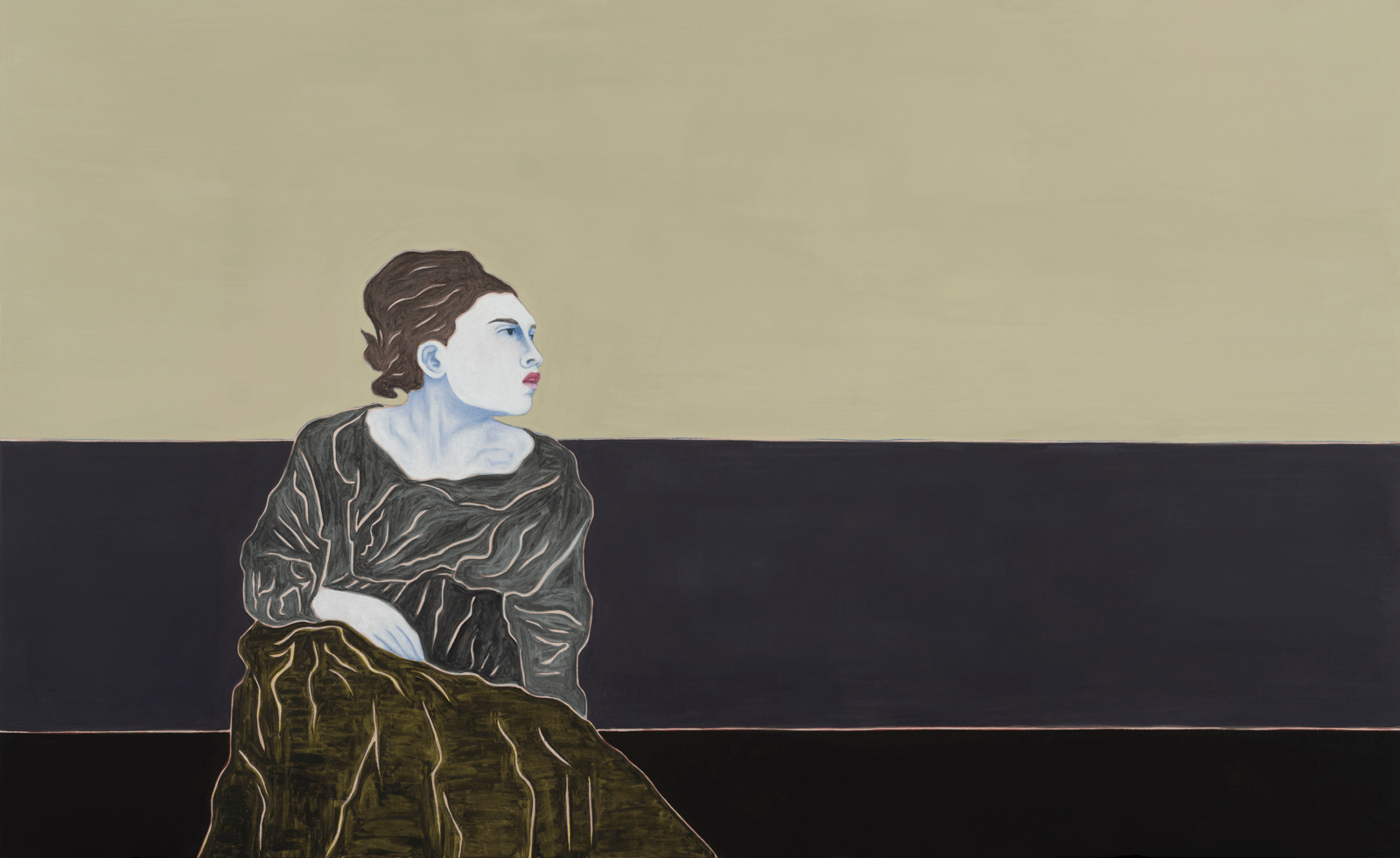 ‘With a small gesture of buying a postcard, we all become copyists’: the Louvre’s celebration of copying speaks to human nature
‘With a small gesture of buying a postcard, we all become copyists’: the Louvre’s celebration of copying speaks to human natureContemporary artists are invited to copy works from the Louvre in a celebration of the copyist’s art, a collaboration with Centre Pompidou-Metz
-
 The glory years of the Cannes Film Festival are captured in a new photo book
The glory years of the Cannes Film Festival are captured in a new photo book‘Cannes’ by Derek Ridgers looks back on the photographer's time at the Cannes Film Festival between 1984 and 1996
-
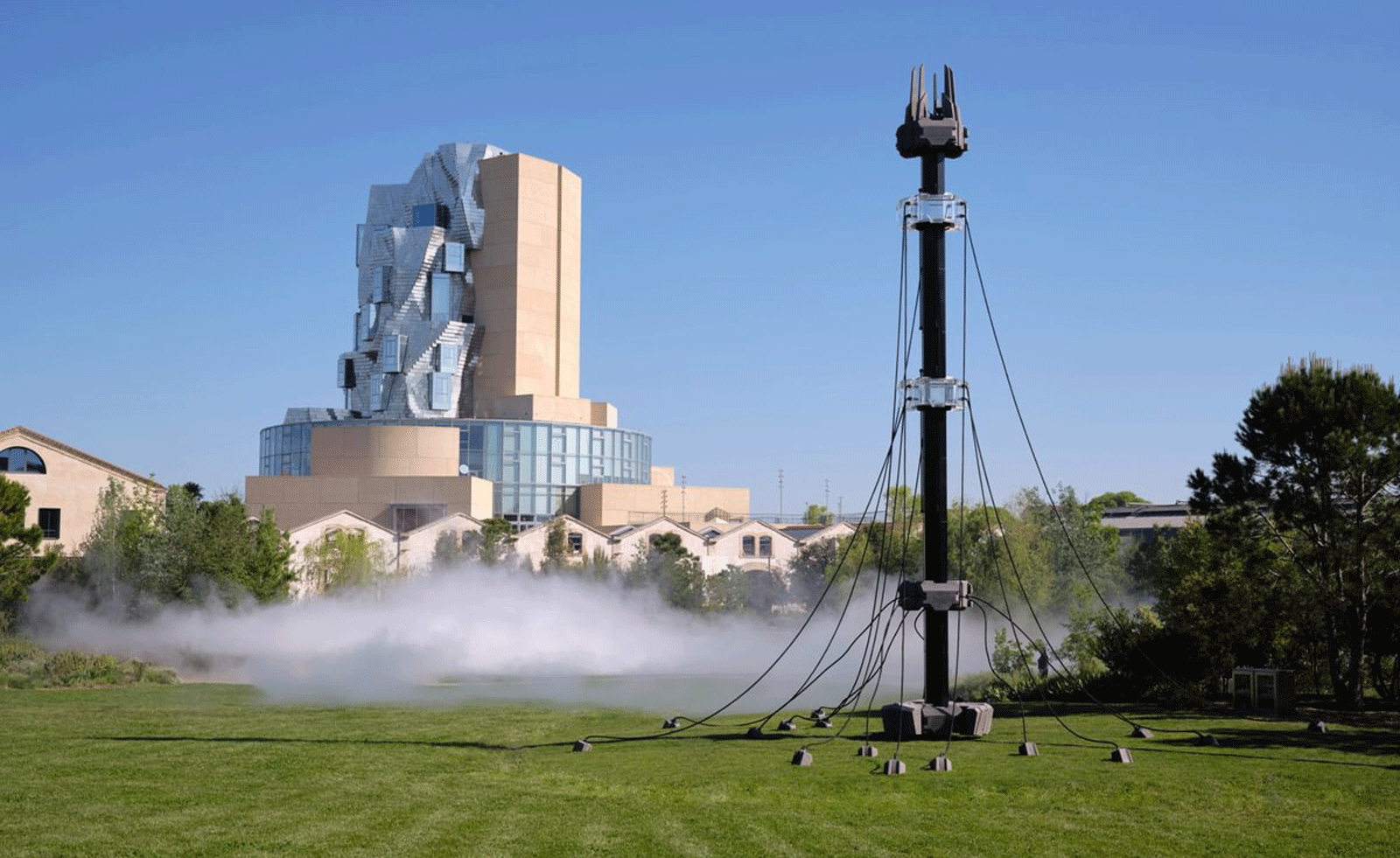 Technology, art and sculptures of fog: LUMA Arles kicks off the 2025/26 season
Technology, art and sculptures of fog: LUMA Arles kicks off the 2025/26 seasonThree different exhibitions at LUMA Arles, in France, delve into history in a celebration of all mediums; Amy Serafin went to explore
-
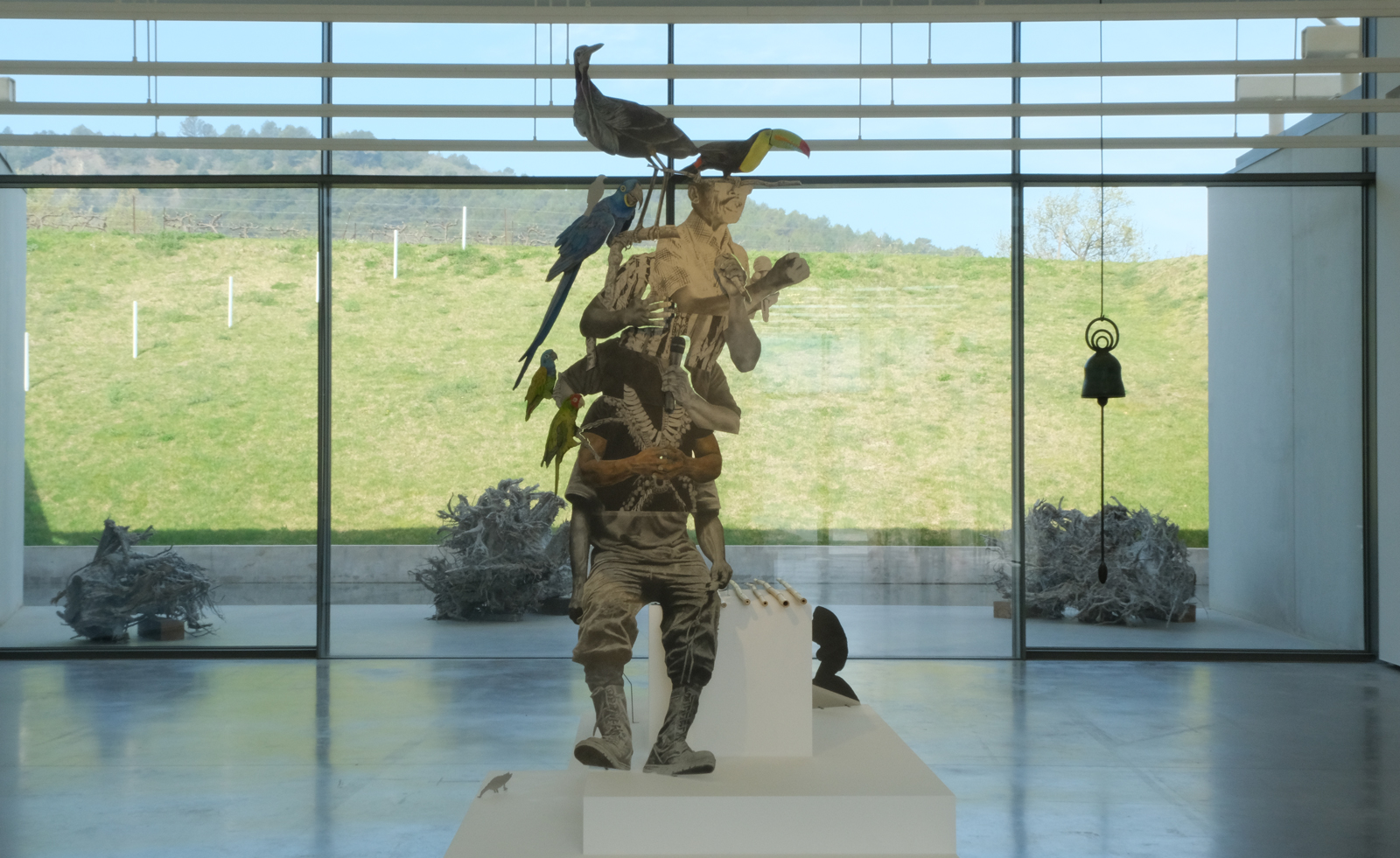 Contemporary artist collective Poush takes over Château La Coste
Contemporary artist collective Poush takes over Château La CosteMembers of Poush have created 160 works, set in and around the grounds of Château La Coste – the art, architecture and wine estate in Provence
-
 The women making digital art before the internet
The women making digital art before the internet'Radical Software: Women, Art & Computing 1960–1991' at Kunsthalle Vienna & recently at MUDAM Luxembourg, doesn’t pretend to portray the totality of tech in art, instead taking the specific 31-year period of the title to shed light upon 48 women artists who engaged critically with computation